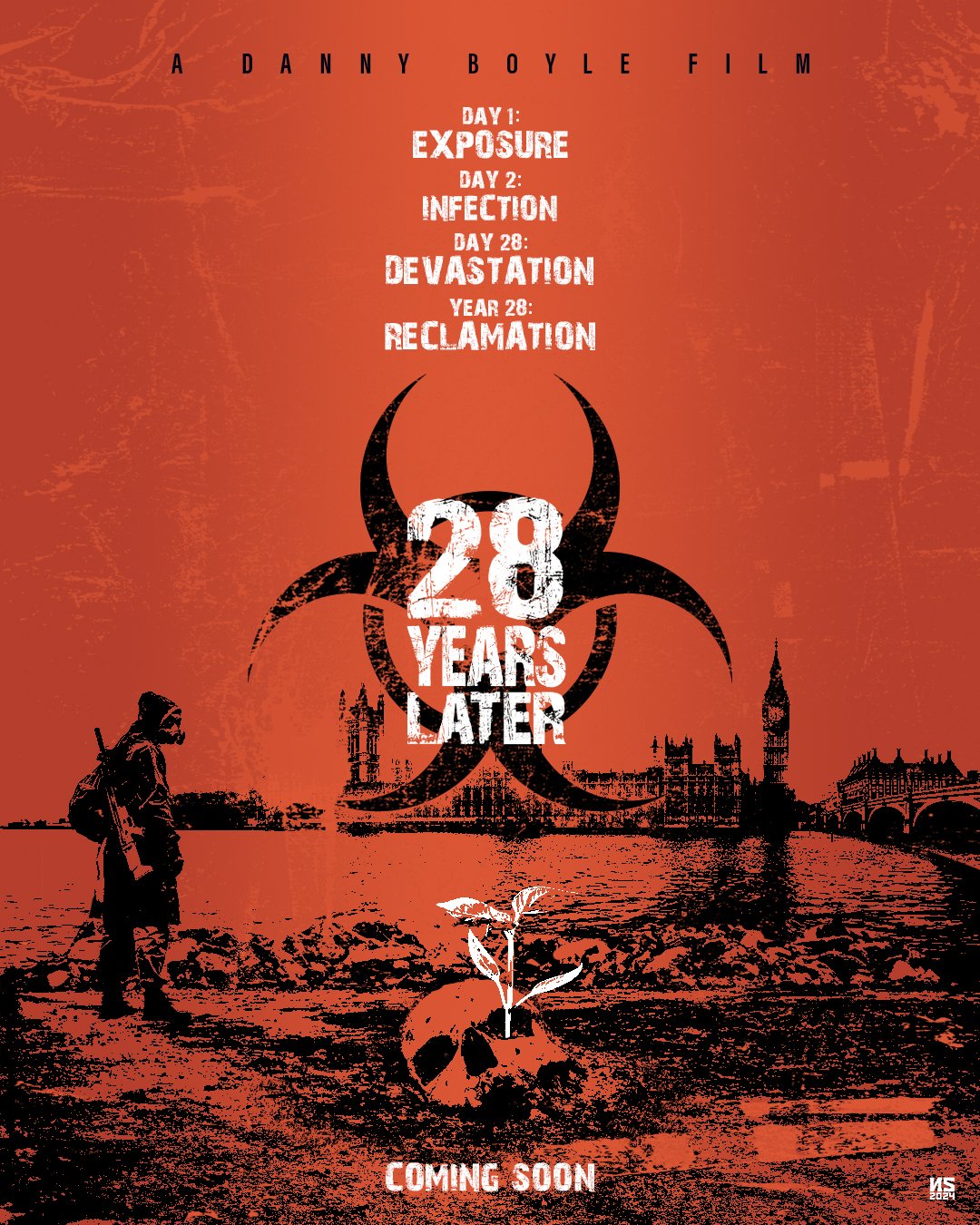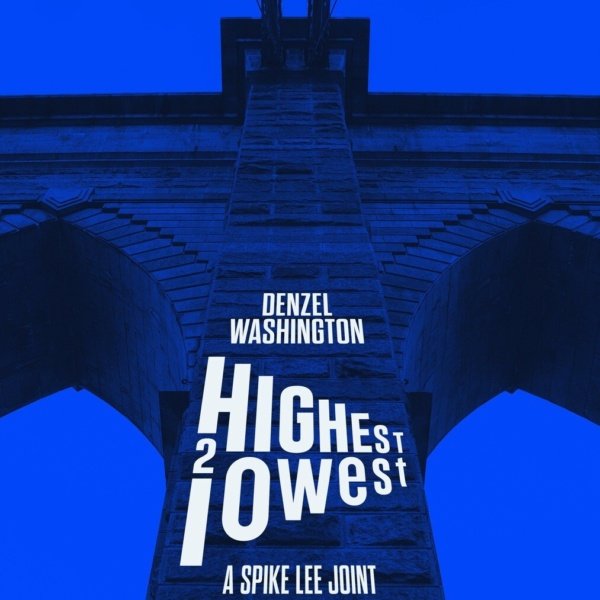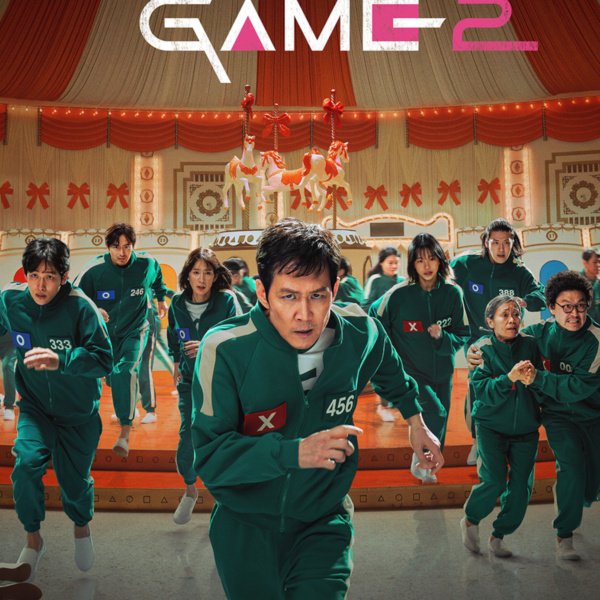28 YEARS LATER – VISCERAL, AMBITIOUS, AND UNEVEN
Genre: Horror, Thriller
Directed by: Danny Boyle
Starring: Alfie Williams, Aaron-Taylor Johnson, Ralph Fiennes, Jodie Comer
Release Date: June 6, 2025
Platform: Theatrical
Rating: 2.5/5
By Crystal Justine
“A film that often feels like it’s trying to do too much at once, offering glimpses of brilliance without ever fully sticking the landing.”
It’s been 23 years since 28 Days Later expanded the zombie genre by redefining the undead—not as slow, jerking corpses, but as terrifying, rage-fueled infected driven by violent impulses and horrifying speed that shattered the mold of traditional zombie storytelling. Now, the original minds behind that genre-changing film—director Danny Boyle and screenwriter Alex Garland—return with 28 YEARS LATER, a sequel burdened with enormous expectations, rabid anticipation, and one of the most loyal horror fanbases. Boyle and Garland, both now industry-renowned names with award-winning careers, team up once again to explore a post-apocalyptic UK still ravaged by the infected. But the result is less of a triumphant return and more of a cinematic tug-of-war, with half of the fans finding the film better than its predecessors and others horribly disappointed, creating a very divisive audience.
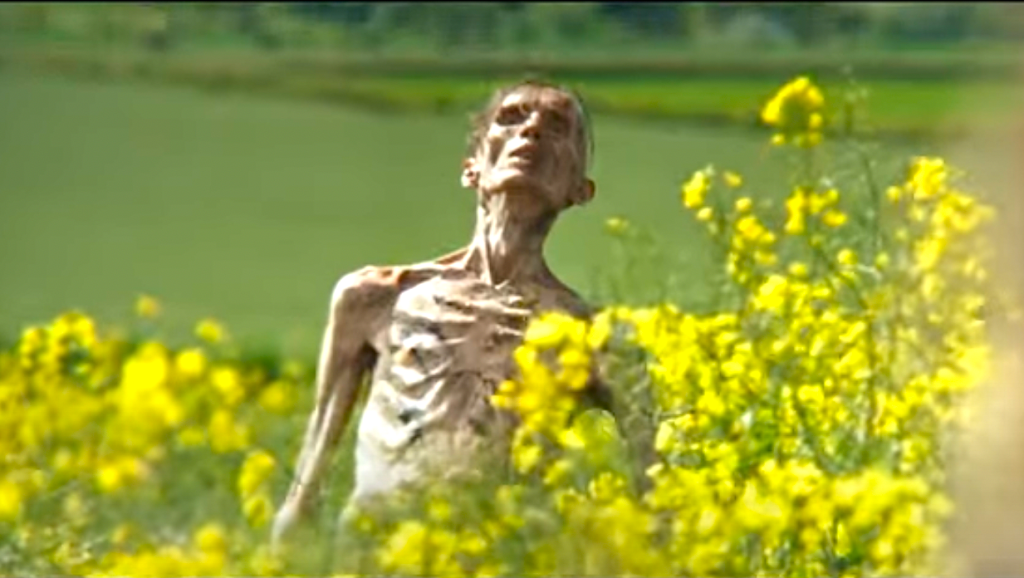
The film opens with a chilling reminder of what the rage virus represents, which is a total loss of humanity. While the opening sequence doesn’t quite match the intensity and awe of 28 Weeks Later’s spousal abandonment and field escape, it still manages to instill both dread and intrigue. We’re quickly introduced to a small, isolated island community that has managed to survive the aftermath of the outbreak. Amongst its inhabitants are Jamie (Aaron Taylor-Johnson), his bedridden wife Isla (Jodie Comer), and their son Spike (Alfie Williams), in what is hands-down the breakout performance of the film. The first act is gritty, anxiety-inducing, phenomenally gore-filled, and reminiscent of the franchise’s original tone but with new layers of tension and visual experimentation.
Visually, the film is bold. Boyle blends 35mm film with footage shot on a rig of iPhone 15 Pro Max cameras, creating a chaotic, hybrid aesthetic that sometimes works and sometimes doesn’t. It’s raw and grounded, complementing the broken world it depicts. The practical effects are equally impressive, especially with the introduction of terrifying new variants of the infected. Gone are the days of uniform rage zombies. Now we have Slow-Lows—wet, bloated, slug-like infected that crawl on all fours—and Alphas, towering brutes, spine-wielding behemoths with infected clans they lead. These additions add new layers of horror, both visually and conceptually, and briefly elevate the threat beyond what we’ve seen before.
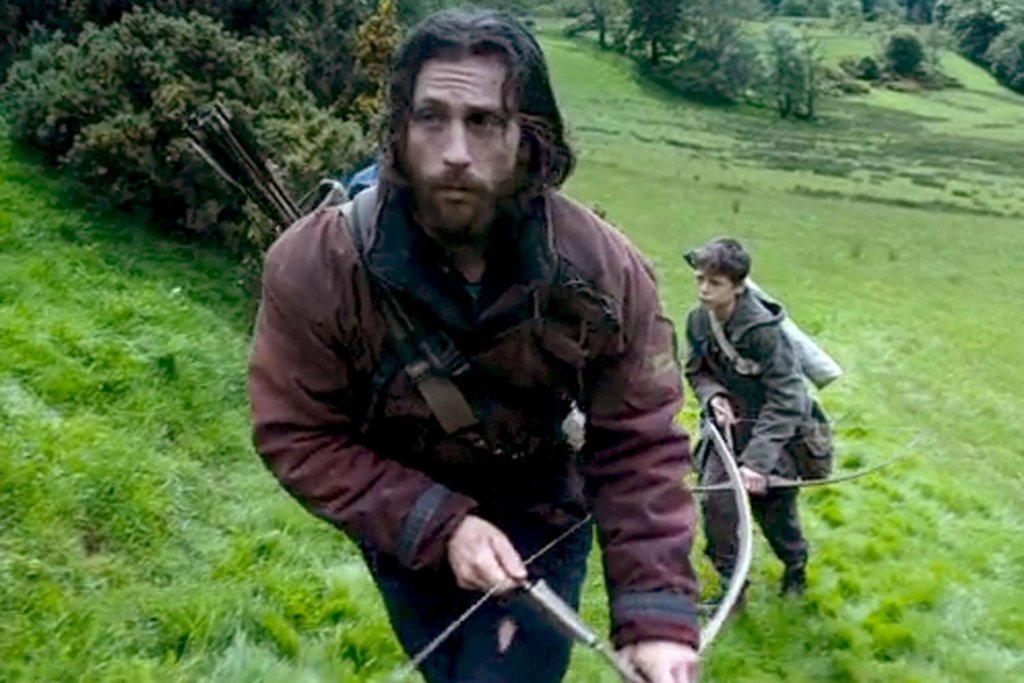
Unfortunately, after an impressive first act, the film begins to unravel. The pacing shifts abruptly, with jarring tonal changes that derail the carefully built tension. Humor is suddenly introduced, and while some of it is genuinely funny, it feels completely out of place given the bleak setup. New characters show up throughout the film’s runtime—some played by top-billed actors like Ralph Fiennes and Jack O’Connell—only to be given bafflingly little screen time. Their appearances feel more like glorified cameos than meaningful roles, which makes their narrative impact feel off.
Garland, known for weaving heavy sociopolitical themes into his work, loads the script with everything from human evolution and family dynamics to the finality of death and a sharp critique of beauty culture, —specifically the erasure of natural femininity in a world obsessed with Botox and fillers. Big ideas are present, but they’re not seamlessly integrated. Instead, they feel stacked on top of a story that’s already struggling to stay cohesive. The result is a film that often feels like it’s trying to do too much at once, offering glimpses of brilliance without ever fully sticking the landing.
Editing becomes another major issue. The story jumps around heavily with vintage B-roll, sometimes cutting between timelines and locations. The score fluctuates from deeply immersive to completely mismatched, pulling the viewer out of the world rather than drawing them in. 28 YEARS LATER is like watching a puzzle never getting completed due to missing pieces.
By the time the film reaches its finale, it goes off the rails entirely. A bizarre final scene that’s the kind of bold, jarring moment that completely throws , ou—not just in tone, but in story and visual style. At first, the ending is something absurdly funny in its randomness. But once you realize the character is named Jimmy and is clearly modeled after Jimmy Savile—a real-life British TV host and one of the most prolific child abusers in UK history—the humor curdles into unsettling discomfort. 28 YEARS LATER doesn’t do the narrative groundwork to earn that kind of twist. It’s likely meant to set up the next installment, but instead, it drops the audience into a strange emotional limbo leaving people unsure whether to laugh, be disturbed, or just walk out quietly.
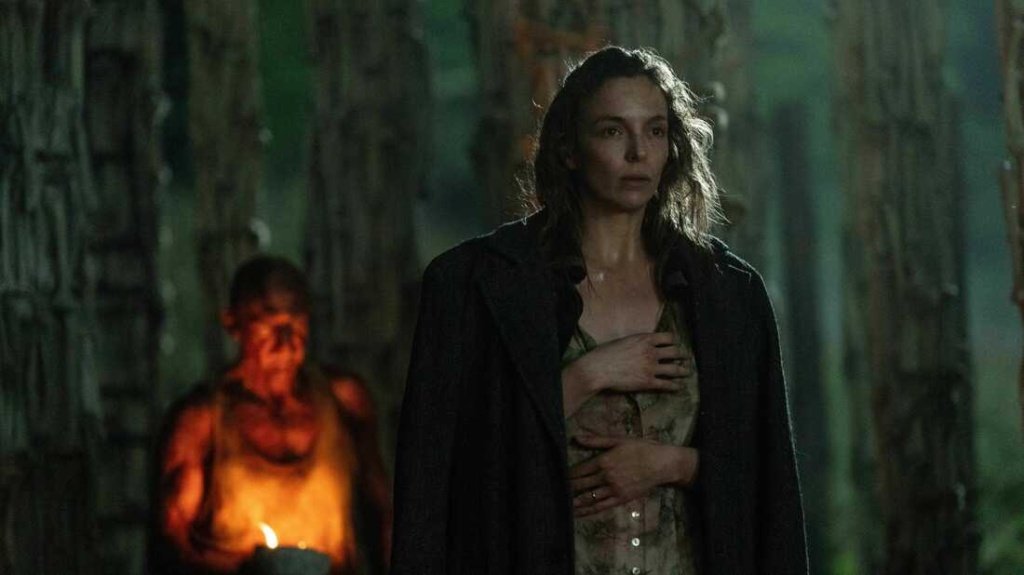
What makes 28 YEARS LATER so divisive is that it does have flashes of brilliance. Alfie Williams delivers a surprisingly layered and emotional performance that ends up carrying the film more than it should’ve needed to. Some scenes are genuinely stunning, and the world-building in the first act is sharp and immersive, especially in how it contrasts a world that’s moved on with people still trapped in survival mode inside the quarantine zone. That part feels fresh and compelling. But the rest of the film struggles to keep up. It ends up feeling like a cinematic scrapbook—striking imagery and interesting themes scattered across a tangled mess of thin character arcs and storylines that never fully click.
28 YEARS LATER will likely split viewers right down the middle. If you’re deeply connected to some of the themes or intrigued by its ambition, you may walk away moved. But if you’re a longtime horror fan hoping for a return to form, you’ll likely be disappointed by its uneven structure and abrasive changes in tone. The film wants to be about so many things that it forgets to be truly about anything. It’s a bold swing, no doubt, but one that feels like it was made with pieces left on the cutting room floor. Proceed with curiosity, but don’t expect a clean hit.
**Spoilers: 28 YEARS LATER unexpectedly veers into late-night Skin-a-Max territory at points, pushing its R-rating more through sexual content than gore. Some viewers have jokingly—and not inaccurately—started calling it 28 Inches Later, thanks to an Alpha infected named Samson, played by 6’9″ MMA fighter Chi Lewis-Parry. His presence alone is such an abrupt tonal shift, he becomes a distraction all by himself. A welcome distraction for many.

